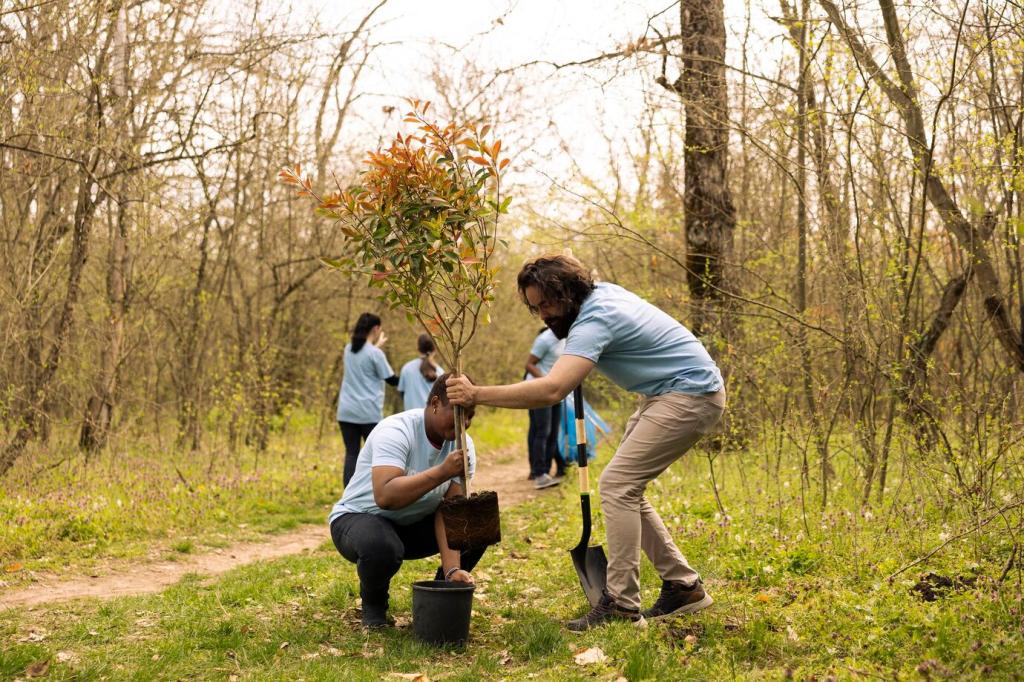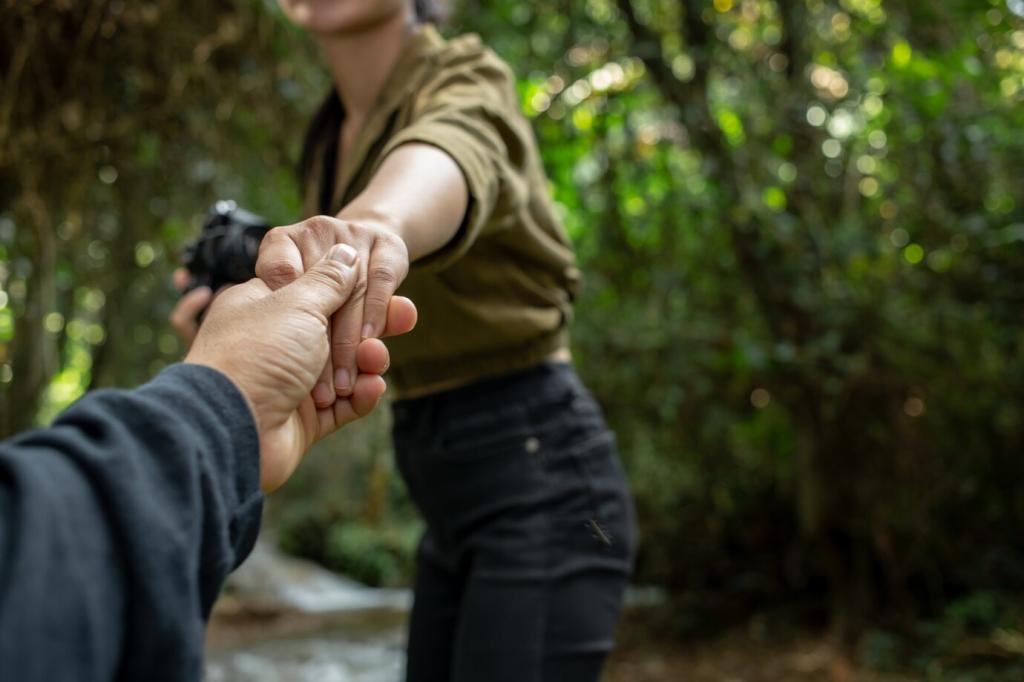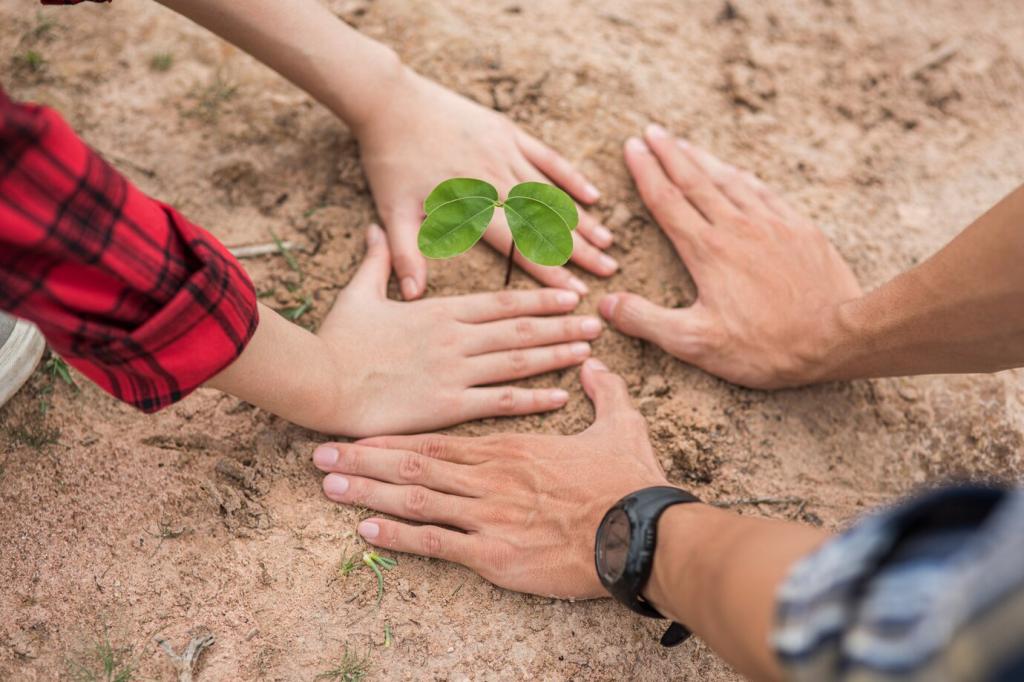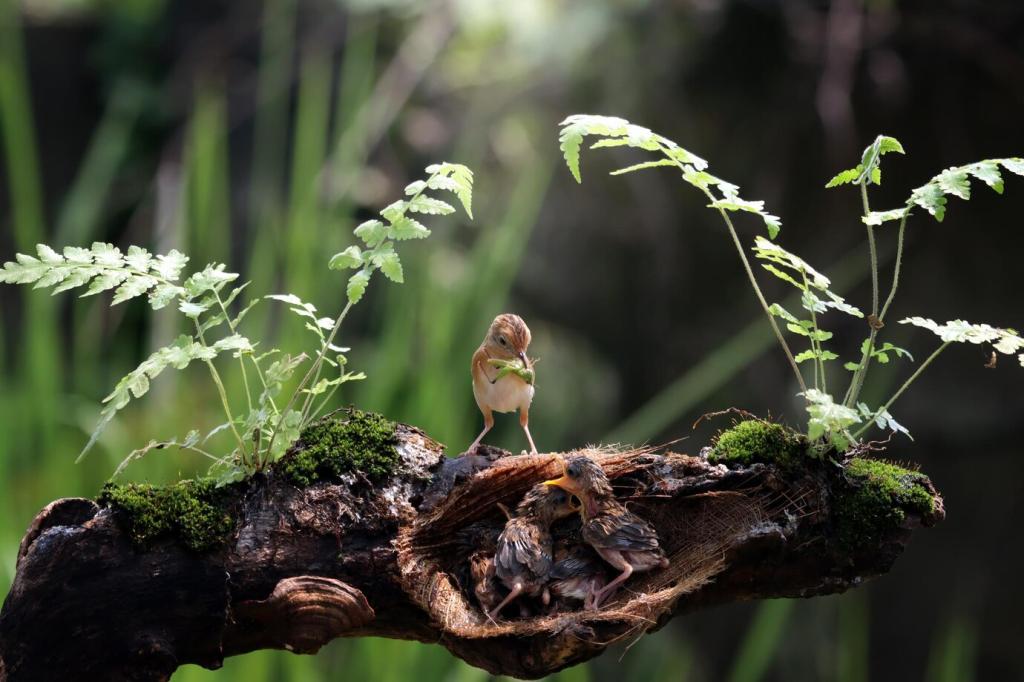Join the Movement: Collaborative Citizen Science Biodiversity Projects
Chosen theme: Collaborative Citizen Science Biodiversity Projects. Step into a global community where everyday observations become meaningful science, guiding conservation with real-world impact. Explore stories, tools, and ways to contribute today—then subscribe to follow new challenges, species spotlights, and community field notes.

Why Collaborative Citizen Science Transforms Biodiversity Work

Democratizing Discovery
From city parks to rural trails, anyone can document life on Earth and add to biodiversity datasets. Your photos, audio, and notes reveal distribution shifts, seasonal timing, and rare encounters that professionals alone might miss. Share your first observation today and invite a friend to join.

Speed and Scale for a Changing Planet
Citizen scientists generate timely, widespread coverage that helps detect invasive species, disease outbreaks, and migration changes faster. When thousands contribute, new trends become visible within days, not years. Subscribe for rapid alerts and join coordinated observation days in your region.

Trustworthy Data Through Collaboration
Quality improves when communities compare, correct, and confirm records. Peer feedback, expert verification, and clear photo or audio evidence create reliable biodiversity layers. Ask questions in project threads, learn from others, and help validate nearby observations to strengthen the dataset.
Tools and Platforms to Get You Into the Field
Mobile Apps That Make Observation Easy
Apps like iNaturalist, eBird, and Merlin help with identification, location tagging, and community review. Snap a photo, record a call, and add notes about behavior or habitat. Turn on timestamps and GPS, then subscribe to local projects to receive challenges and seasonal prompts.
Low-Tech Pathways for High-Value Contributions
No smartphone? A basic camera, pencil, and field notebook still produce valuable records. Note date, time, weather, habitat, and distinctive features. Upload later via a community computer, library hub, or partner organization. Invite neighbors for a notebook bioblitz and share your results together.
Submitting Data That Scientists Can Use
Great submissions include crisp images, precise locations, exact times, and brief habitat details. Add multiple photos highlighting key traits, and choose an open license so researchers can use your work. Comment on others’ entries, ask for help kindly, and follow up with identifications you learn.
Field Stories: People Powering Biodiversity Knowledge
A fifth-grade class tallied pollinators along a neglected riverside path and found three native bee species thriving among weeds. Their report convinced the council to replace mowing with wildflower patches. Share your school or family project idea below, and we will highlight it in a future post.
Field Stories: People Powering Biodiversity Knowledge
Recording frog calls weekly, a retiree noticed an early spring burst after warm rains. Her consistent uploads helped researchers link phenology shifts to urban heat islands. She now mentors newcomers on audio tips. Subscribe for her seasonal checklist and try an evening sound walk this weekend.


Observation Skills: See More, Disturb Less
Take multiple angles: whole organism, close-up of distinguishing features, and habitat context. Use a simple background when possible and steady the camera on a rock or branch. Avoid flash on sensitive species. Post your best sequence, then ask the community which features confirmed the ID.

From Observations to Conservation Action
How Agencies Use Your Records
Aggregated observations build distribution maps, detect rare species, and monitor trends at landscape scales. Parks update trail signage, planners adjust mowing schedules, and biologists target monitoring sites. Subscribe for quarterly data stories that show where your uploads are making measurable differences.
Restoration Fueled by Citizen Science
Community data revealed pollinator hotspots on vacant lots, steering native plant installations and pesticide-free corridors. Months later, butterfly counts doubled. Share your native planting successes, upload before-and-after photos, and tag your project so others can replicate the restoration in their neighborhoods.
Turning Data into Policy Conversations
Well-documented records bolster public comments, grant proposals, and advocacy efforts. Visual summaries help communicate urgency to decision makers. Join our next online workshop on crafting clear, respectful letters backed by evidence. Subscribe for templates and examples that have moved policies forward.
Building Inclusive, Collaborative Projects
Offer multilingual materials, free training sessions, and kid-friendly events with loaner gear. Recognize contributors publicly and celebrate different expertise. Ask readers which accessibility improvements matter most in your area. Comment with suggestions and help shape our next community toolkit.
Species ignore borders, so our projects connect regions through shared protocols and open data. Coordinate with neighboring groups for synchronized surveys during migration peaks. Subscribe for regional calendars, and post your availability to join an international biodiversity weekend challenge.
Libraries, park rangers, universities, and grassroots clubs strengthen projects with space, mentors, and outreach. Start small with a seasonal walk, then co-host trainings and data nights. Recruit a rotating volunteer lead. Share your partnership wins and lessons so others can grow resilient networks.


Spring and Summer: Bioblitz Energy
Organize a neighborhood bioblitz focused on pollinators and urban trees. Set observation goals, create friendly team challenges, and stream short how-to videos. Post your results and subscribe to our monthly spotlight featuring standout species discovered by first-time observers.

Autumn and Night: Owls, Moths, and Mystery
Host safe, ethical night surveys using red lights and reflective markers. Photograph moths on a sheet, listen for owls, and record bat calls where permitted. Share tips in the comments, and join our October challenge to compare nocturnal species richness across regions.
